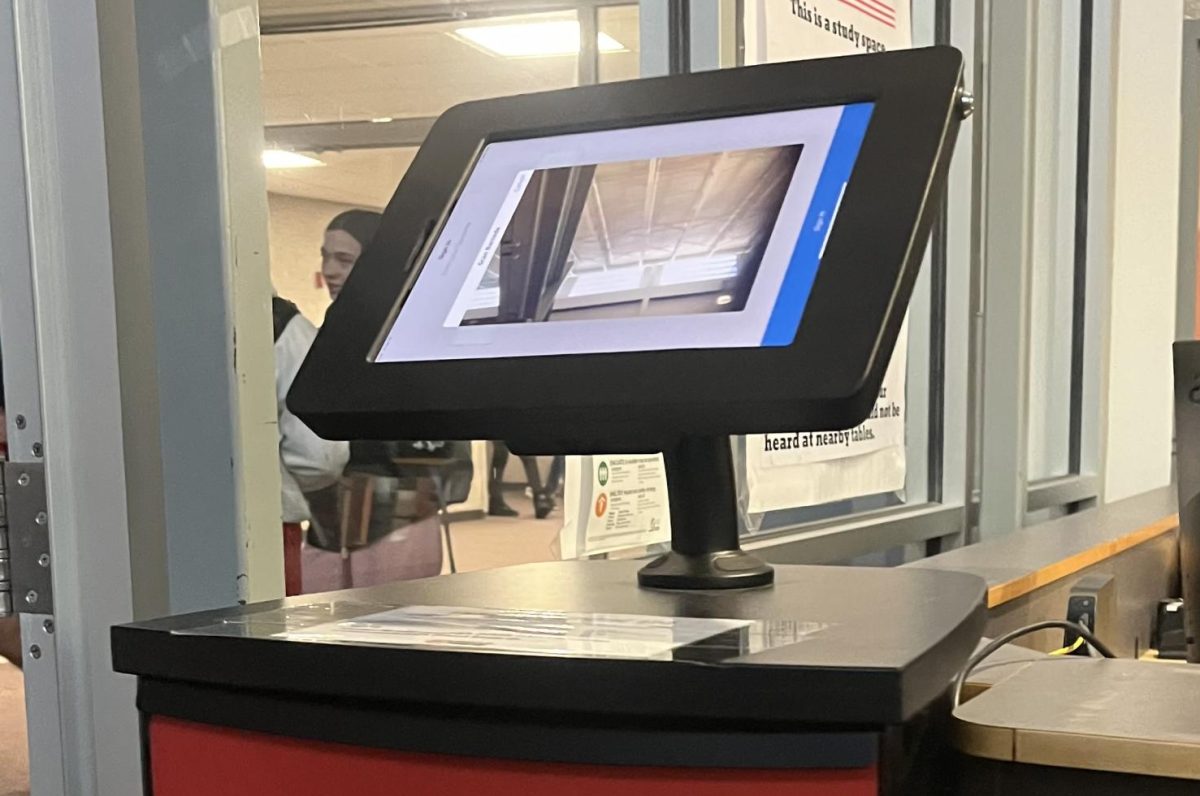Emma Gonzalez, a survivor of the recent school shooting at Parkland Florida, stood upon a podium to address lawmakers from her state at a gun control rally on Feb. 17. She started her speech with a moment of silence and then a call for action, not only from lawmakers but from the victims themselves.
“Every single person up here today, all these people should be home grieving,” Gonzalez said. “But instead we are up here standing together because if all our government and President can do is send thoughts and prayers, then it’s time for victims to be the change that we need to see.”
It seems that students at Westside have taken her ideas to heart. As they should. Teenagers have the power to create change and should speak up about issues they believe in. On Feb. 21, a few dozen students walked out from Westside High School, and about 100 did the same at the middle school, according to the Omaha World-Herald. The walkout at the high school was mainly about gun laws and to honor the students who had passed, according to Bailey Hosey, a sophomore who was involved in the protesting.
These walkouts are an example of teen activism, something that is happening more and more in our nation.
The students of Marjory Stoneman Douglas High School have been protesting gun violence and said they hope for changes to gun laws in the United States. Some marched at their state capitol to ask their representatives to help lead a change.
Students around the country should look up to these survivors as examples of what to do when it comes to leading a change. They inspire many and use nonviolent means, but still have a prominent voice. If teen activists want to be heard, they have to keep speaking up, just like the students in Florida are doing.
Student activism is not new to the Omaha area. In 2016, over 1000 students staged a walkout at Central High School, protesting the election of Donald Trump as president. There is support and encouragement in the community to stand up and advocate for what students believe in. At Papillion La Vista, the principal of the school marched out with the students. Westside students weren’t counted unexcused if they walked out for less than 30 minutes, according to the Omaha World-Herald.
If there is something that you believe to be an injustice, speak out and let your voice be heard. Staying silent isn’t going to solve any problems. Here’s how you can take action:
Though teenagers can’t vote yet, that doesn’t mean we shouldn’t stay informed about our representatives. Students still have the responsibility to be know about what our lawmakers are doing because if we don’t agree with something, we can make a change. Calling your representative and going to town halls is a great way to express your opinion on important issues and have your voice heard. This is our future and they’re trying to make laws that will continue to affect us. We need to take charge of it.
Being aware of what’s going on is a first step toward taking action Knowing what’s going on in the world is important or else we might make uninformed decisions.This results in us saying further down the road, ‘this could’ve been great, if only we had taken the time to make it so.’We, the next generation, are in charge of leading our society into a better world, and if we don’t understand all sides of the story, we might not be able to. One way this could happen is to get news from more than one source or that have different values than you do.
Change will only happen if we take the appropriate course and we won’t be able to if we don’t make informed decisions.
Speaking up is the most important thing when it comes to change. Teenagers have the ability to make a world that’s better than the one we have now. The Florida students are an example that in our country students’ voices matter. They started this movement by standing up against the current gun laws. They went to marches, gave speeches and haven’t stopped even when they are criticized.
We need to start doing the same. When people say we can’t, we try twice as hard. This is our moment. Speak out.
Story by: Maryam Akramova
Graphic by: Sam Cohen








